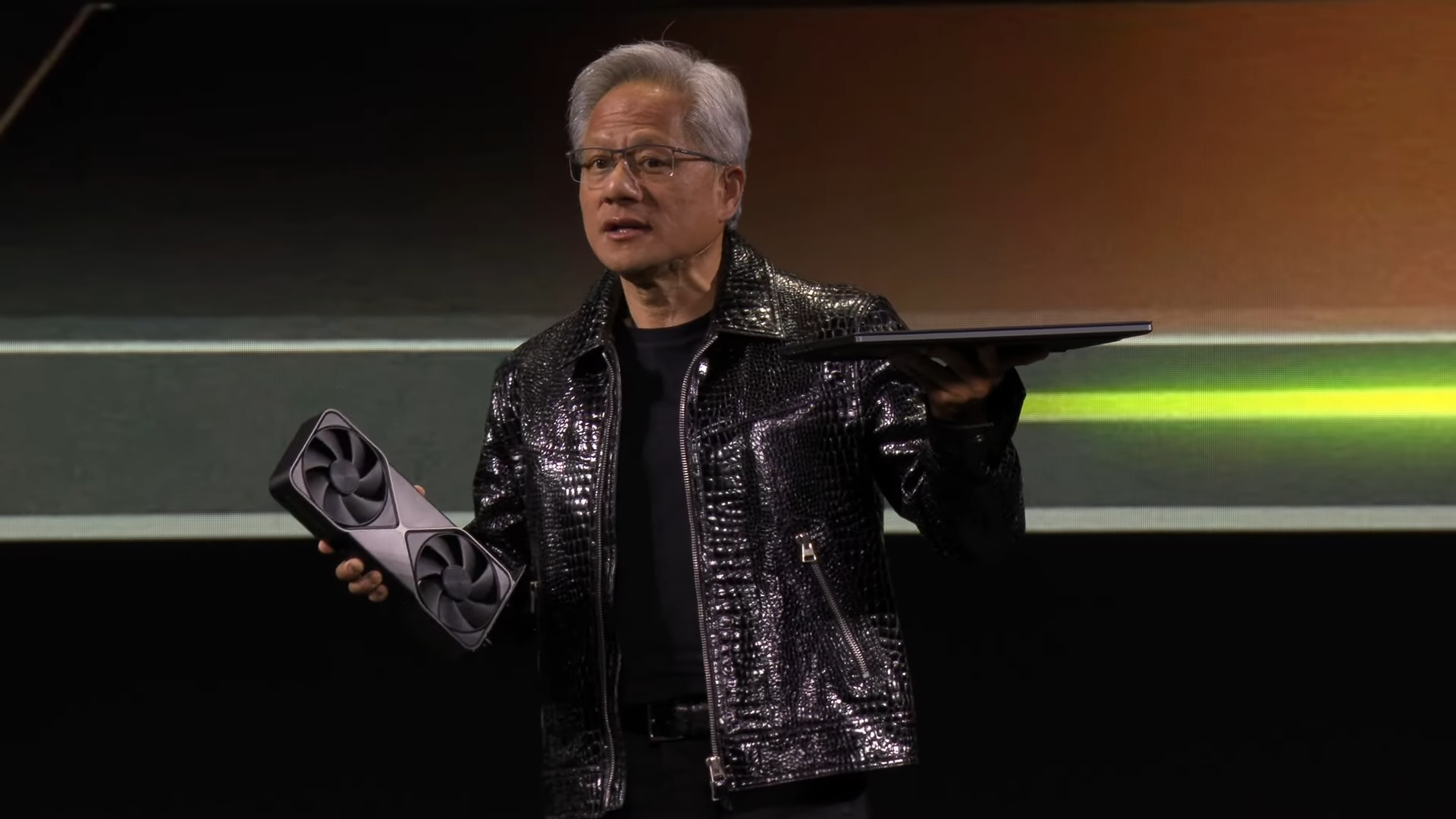ChatGPT’s Studio Ghibli-style image generator proves AI isn’t sustainable
OpenAI rolled out GPT-4o image generation this week, and the results have been explosive

AI image generation is getting better, but it may be coming at a major cost.
OpenAI rolled out GPT-4o image generation for ChatGPT on Monday, and it immediately went viral.
Due to GPT-4o's ability to render images in various art styles, AI enthusiasts quickly discovered it could mimic popular art styles, including the well-loved style of animation giant Studio Ghibli.
The anime-mimicking image generator was so popular that OpenAI delayed a rollout for free ChatGPT users, and according to OpenAI's CEO Sam Altman, it literally melted the company's GPUs.
That says a lot about how popular AI has gotten, but it may say even more about whether that popularity is sustainable.
GPT-4o image gen is a leap in AI progress, but at great cost
it's super fun seeing people love images in chatgpt.but our GPUs are melting.we are going to temporarily introduce some rate limits while we work on making it more efficient. hopefully won't be long!chatgpt free tier will get 3 generations per day soon.March 27, 2025
There are already lots of concerns with image-focused AI.
For one, there are copyright concerns over an AI image generator that can consistently mimic an animation studio's art style. Especially when that image generator is used to copy memes, scenes of popular television shows and movies, and of course, the obligatory 9/11 memes.
Stay in the know with Laptop Mag
Get our in-depth reviews, helpful tips, great deals, and the biggest news stories delivered to your inbox.
But on top of that, AI also has a sustainability issue. Generative AI has a documented environmental impact due to its power and cooling requirements.
The more people use LLM systems like GPT-4o, the more power those data centers need.
Nvidia's Computex 2024 keynote focused on AI and data center GPUs, and CEO Jensen Huang stated the company planned to ship "millions" of Blackwell data center GPU clusters. TechRadar did the math. One million Blackwell data center GPU clusters would require 1.875 gigawatts of power. This is almost double the power generation of a nuclear power plant (1 gigawatt output).
Microsoft plans to re-open 3 Mile island to power AI. For context, the Three Mile Island meltdown of 1979 was the worst nuclear disaster in US history.
And that's just the power requirements for Gen AI. All those data centers also need to be cooled. Due to the high power demands of AI, many data centers running AI cloud models opt for liquid cooling.
And even then, you can still end up with melting GPUs. As of October 2024, OpenAI uses more than 2 liters of water per 50 queries to keep its data center cooled.
Liquid cooling not only uses a lot of water, but because those data centers run so hot, the water being cycled through is evaporated in the process.
Data centers are using salt water at increasing rates to help offset the environmental impact to freshwater supplies. But the adoption rate isn't 100% yet.
Even with salt water, the more AI we need, the more salt water we need to keep it cooled. Granted, evaporated water can eventually recondense into liquid water thanks to our atmosphere's water cycle.
There's still a limit to how much saltwater we can dump into a data center before we're literally draining the oceans to keep a chatbot running.
Yes, we do have a lot of saltwater on this planet. But most sea life lives close to shore, in shallow water. The fish we eat and the sea creatures we like to look at in aquariums spend most, if not all, of their lives close to shore.
We already have issues with coral bleaching and coastal ecological collapse due to climate change.
At what point has our ravenous need for artificial intelligence gone too far?
Where do we go from here?

The world isn't on fire at the feet of artificial intelligence just yet.
Companies are already looking into sustainability solutions for data centers. From saltwater cooling to heat recycling, there are ways to reduce the carbon footprint of our ever-expanding data needs.
We can also lean more into self-repair and self-upgrade solutions for our technology. Quick-open laptop latches with easy access for RAM and SSD upgrades, plus user-replaceable batteries, are becoming more common. The Asus Strix Scar 18 (2025), HP ZBook Fury G1i, and Lenovo's ThinkPad T-series are just a few examples.
We've also seen a few solar laptop concepts that, with new power-efficient processors, could soon become a reality.
Sustainability, repairability, and recycling of technology are more important than ever. AI and data centers are only part of the equation, but they do have a much deeper impact than any individual. This makes finding environmentally friendly solutions more difficult, but also more vital.
More from Laptop Mag

A former lab gremlin for Tom's Guide, Laptop Mag, Tom's Hardware, and TechRadar; Madeline has escaped the labs to join Laptop Mag as a Staff Writer. With over a decade of experience writing about tech and gaming, she may actually know a thing or two. Sometimes. When she isn't writing about the latest laptops and AI software, Madeline likes to throw herself into the ocean as a PADI scuba diving instructor and underwater photography enthusiast.
You must confirm your public display name before commenting
Please logout and then login again, you will then be prompted to enter your display name.
